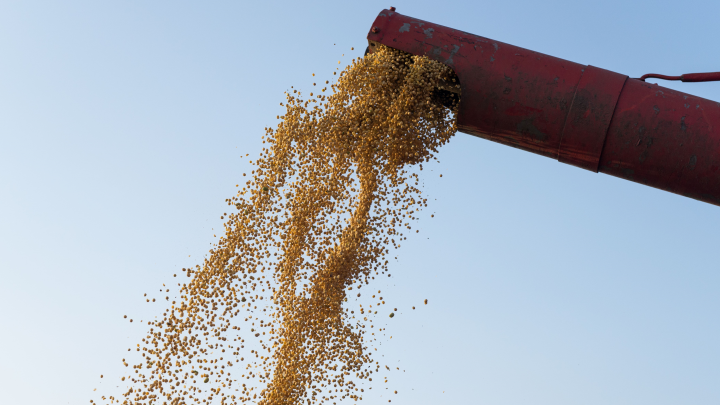
The Future of the Pellet Sector in Turkey: A Rising Trend in Renewable Energy
The global energy sector is undergoing a major transformation. The environmental impacts of fossil fuels, rising energy costs, and the global awareness of sustainability are accelerating the shift towards renewable energy sources. In this context, biomass energy, especially pellet fuel, stands out as an eco-friendly and economical alternative.
Turkey has been showing a rapidly rising trend among countries that invest in renewable energy sources. However, the pellet sector is still in its development phase. So, how are pellet production and consumption in Turkey and worldwide? What is the growth rate? What are the future expectations? Here are the detailed answers to these questions...
Current State of the Pellet Sector in Turkey
Pellet Production in Turkey
Pellet production in Turkey has been increasing in recent years. However, it is still at lower levels compared to European countries. The raw materials used in production generally include:
Forest residues (sawdust, wood chips, pruning residues)
Agricultural residues (sunflower husks, hazelnut shells, corn stalks, olive pits)
Currently, there are several large and medium-sized pellet producers actively operating in Turkey. But the sector is not yet fully developed. The reasons for this include:
Lack of sufficient government incentives
Insufficient public awareness of pellets
Logistical and distribution challenges
Pellet Consumption in Turkey
Pellet usage is rapidly growing in terms of both individual and industrial use in Turkey. Pellet stoves are becoming popular especially in rural areas where natural gas is not available.
Industrial usage is more common in cement factories, greenhouses, and large-scale industrial facilities. However, it has not yet become a widespread alternative to coal and natural gas.
The main reasons for this are:
Coal is more widespread and existing infrastructure is more suitable for coal
The high cost of pellet boilers and stoves
Significant price fluctuations of pellets
However, with government support and the strengthening of green energy policies, pellets are expected to become more common in the future.
Current State of the Global Pellet Sector
Global Pellet Production and Leading Countries
The leading countries in the world for pellet production are as follows:
USA – The world’s largest pellet exporter.
Canada – Exports to Asian markets like Japan and South Korea.
Germany – One of the largest pellet producers and consumers in Europe.
Sweden – Pellet usage is very high and is growing rapidly thanks to government incentives.
Italy – One of the countries where pellet stove usage is most common.
The Future of the Pellet Sector in Turkey
Turkey has great potential in the pellet sector for the period starting from 2025 onward. However, some key factors need to come into play for the sector to grow.
Impact of Renewable Energy Policies
Turkey announced its net zero carbon target for 2053, signaling that it will give more importance to renewable energy. In this context:
More incentives for biomass energy
Investment in pellet production facilities
Subsidization of pellet boilers and stoves
Is Pellet Really a Rising Trend in Turkey?
Currently, the pellet sector in Turkey is in a developing market position. However, in the next 10 years, with increased investments in renewable energy, pellet fuel is expected to become far more widespread.
If the industrial sector shifts to pellet usage, a large market could emerge.
If incentives are provided for individual users, pellet boilers and stoves could be preferred more widely.
If domestic production is increased and dependency on imports is reduced, prices could fall and competitiveness could rise.
